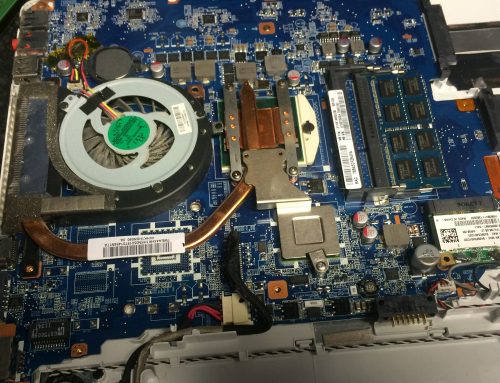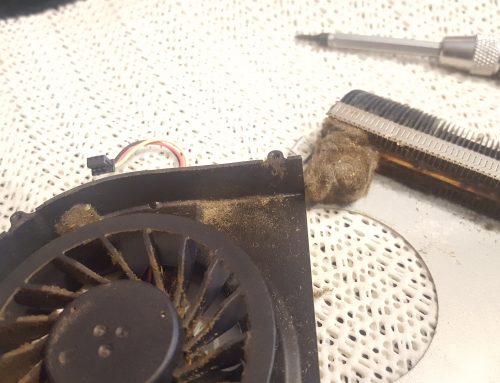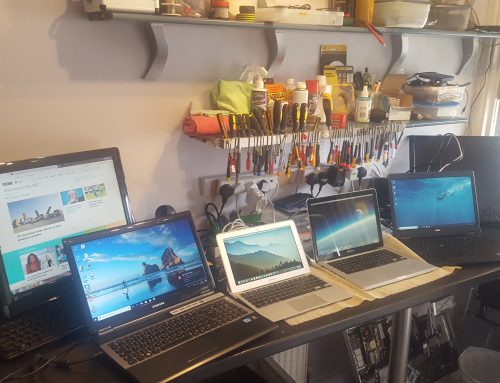Windows 8 is provoking a Marmite-like reaction among users, but that doesn’t mean you’ll fall directly into the love or hate camps. It’s more likely you’ll find certain new features useful and others unnecessary. If you’re pining for features no longer present, this article is for you.
In this how-to guide, I’ll reveal how to water down or ignore some of Windows 8’s more controversial features and restore functionality you thought had gone forever. While these tips aren’t strictly about making Windows 8 like Windows 7, they address a few annoying niggles.
When Windows 8 first loads, you’ll notice how it defaults to the new Start screen. If you’d rather go straight to the traditional desktop we all know and love, download a free tool called Skip Metro Suite. Once installed, launch the program and verify ‘Skip Start Screen’ is ticked.
While you’re here, you’ll notice that you can also disable some or all of Windows 8’s hotspots, allowing you to safely roll your mouse into the corners of the screen, without worrying about triggering the charms bar, apps switcher or Start button. They’re all enabled by default, so simply untick those features you wish to keep before clicking Save Settings.
The lack of a Start button (never mind Start menu) on the Windows 8 desktop is annoying, but there are plenty of options for getting it back. Stardock’s Start8 costs $4.99 (about £3) for a Windows 8-friendly design. But if you want something more traditional (and free), install the Classic Start Menu portion of Classic Shell instead.
Once installed, you’ll see the Start button appear — click this to open the Settings menu and pick your Start menu design (‘classic’, XP and Vista/7 are all supported). Click OK and your new Start menu is ready to go.
It’s possible, by installing Classic Start Menu and Skip Metro Suite, to avoid the Start screen entirely, but how do you access modern apps without it? Simple, add a new shortcut folder on your classic desktop. Right-click a blank area of the desktop and choose New > Shortcut. Now carefully type the following (or copy and paste it) into the location box:
- %windir%\explorer.exe shell:::{4234d49b-0245-4df3-b780-3893943456e1}
Click Next, give your shortcut a suitably descriptive name — like Modern Apps — and click Finish.



